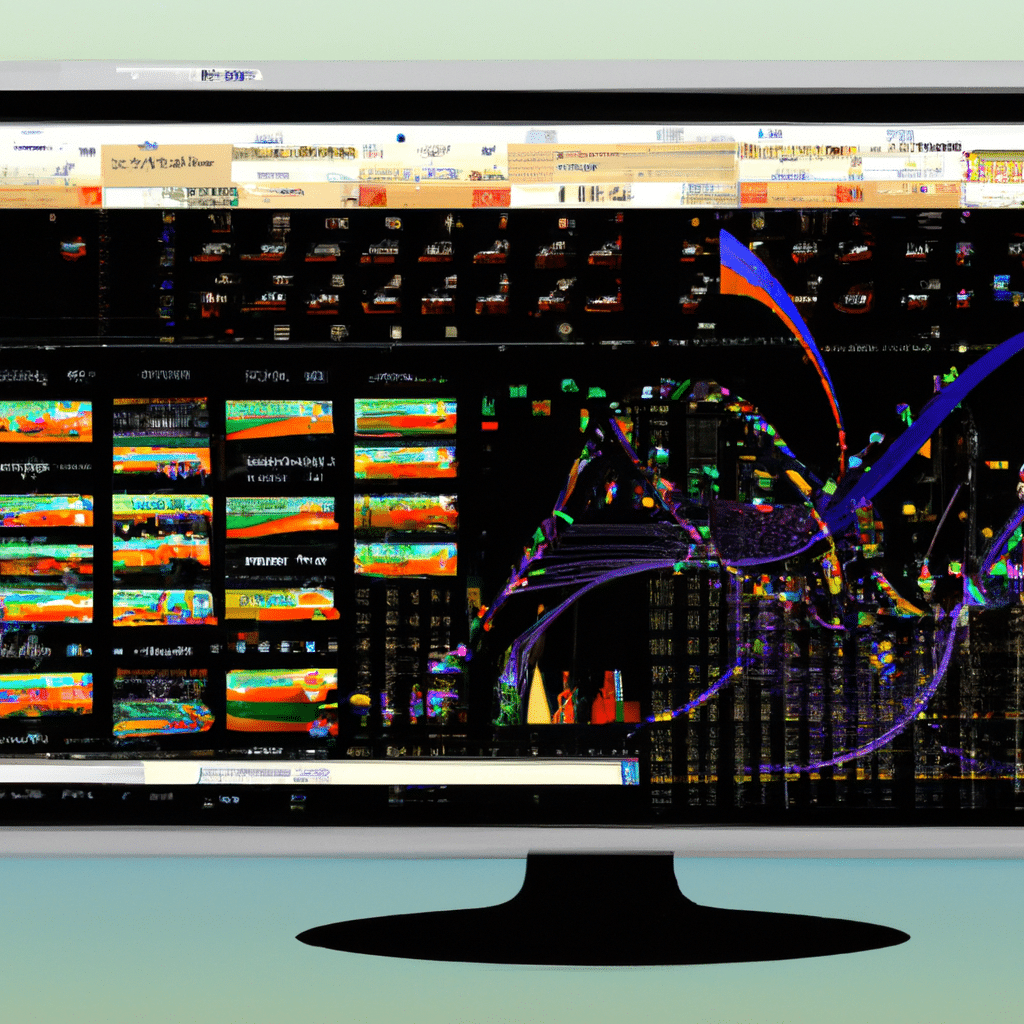When it comes to data analysis, choosing the right operating system can make all the difference. The operating system you choose will have a significant impact on the speed, functionality, and overall performance of your data analysis software. In this article, we’ll take a look at the best operating systems for data analysis, with a focus on the top three contenders: Windows, MacOS, and Linux.

Windows
Windows is by far the most popular operating system for data analysis due to its widespread use and compatibility with a wide range of software. It offers a user-friendly interface, making it easy for beginners to get started with data analysis. Windows also has a large community of users, so finding solutions to any problems that arise is relatively easy.
One of the biggest advantages of Windows is its support for Microsoft Excel, which is widely used in data analysis. Windows also offers a range of other software options for data analysis, including SAS, SPSS, and R. These software packages offer a range of data analysis tools, including data visualization, statistical analysis, and machine learning.
However, Windows does have some drawbacks when it comes to data analysis. It is not as stable as other operating systems, and it can be prone to crashes and errors, especially when running memory-intensive applications. Additionally, Windows is vulnerable to viruses and malware, which can compromise both the security and performance of your data analysis software.
MacOS
MacOS is the second most popular operating system for data analysis, with a growing number of users in recent years. It is known for its stability, ease of use, and attractive user interface. MacOS also offers a range of software options for data analysis, including R, SAS, and SPSS.
One of the biggest advantages of MacOS is its compatibility with open-source software, such as Python and R, which are widely used in data analysis. MacOS also has a built-in terminal, which makes it easy to run command-line tools and scripts.
However, MacOS does have some drawbacks when it comes to data analysis. It is not as widely used as Windows, which means that finding solutions to problems can be more difficult. Additionally, MacOS is generally more expensive than Windows, which can be a barrier for some users.
Linux
Linux is a powerful open-source operating system that is widely used in data analysis and other scientific computing applications. It offers a high degree of customization and flexibility, making it an ideal choice for advanced users and developers.
One of the biggest advantages of Linux is its support for a wide range of programming languages, including Python, R, and Java. Linux also offers a range of software options for data analysis, including the popular data visualization tool, ggplot2.
However, Linux does have some drawbacks when it comes to data analysis. It has a steep learning curve, which can be a barrier for beginners. Additionally, Linux is not as widely used as Windows or MacOS, which can make finding solutions to problems more challenging.
Conclusion
In conclusion, the best operating system for data analysis depends on your individual needs and preferences. Windows is the most widely used operating system for data analysis, but it can be prone to crashes and errors. MacOS is known for its stability and compatibility with open-source software, but it can be expensive. Linux offers the greatest degree of flexibility and customization, but it has a steep learning curve.
Ultimately, the best operating system for data analysis is the one that meets your specific requirements and offers the functionality and performance you need to get the job done. By considering the strengths and weaknesses of each operating system, you can make an informed decision that will help you achieve your data analysis goals.












